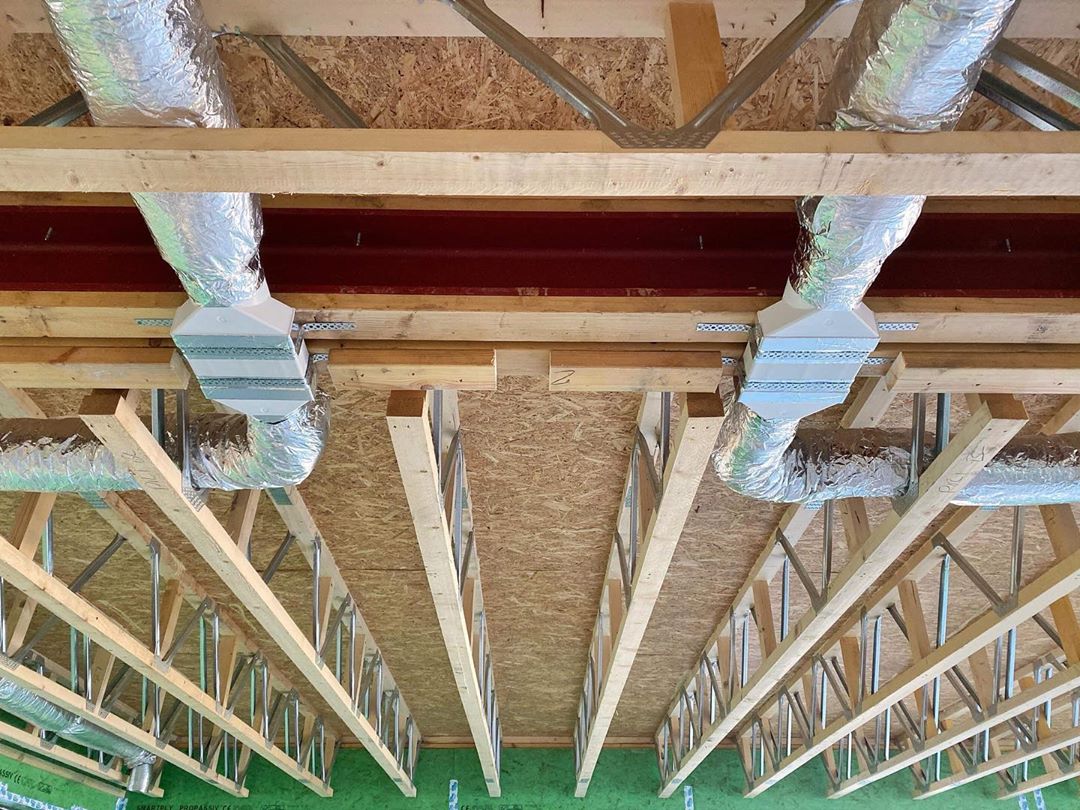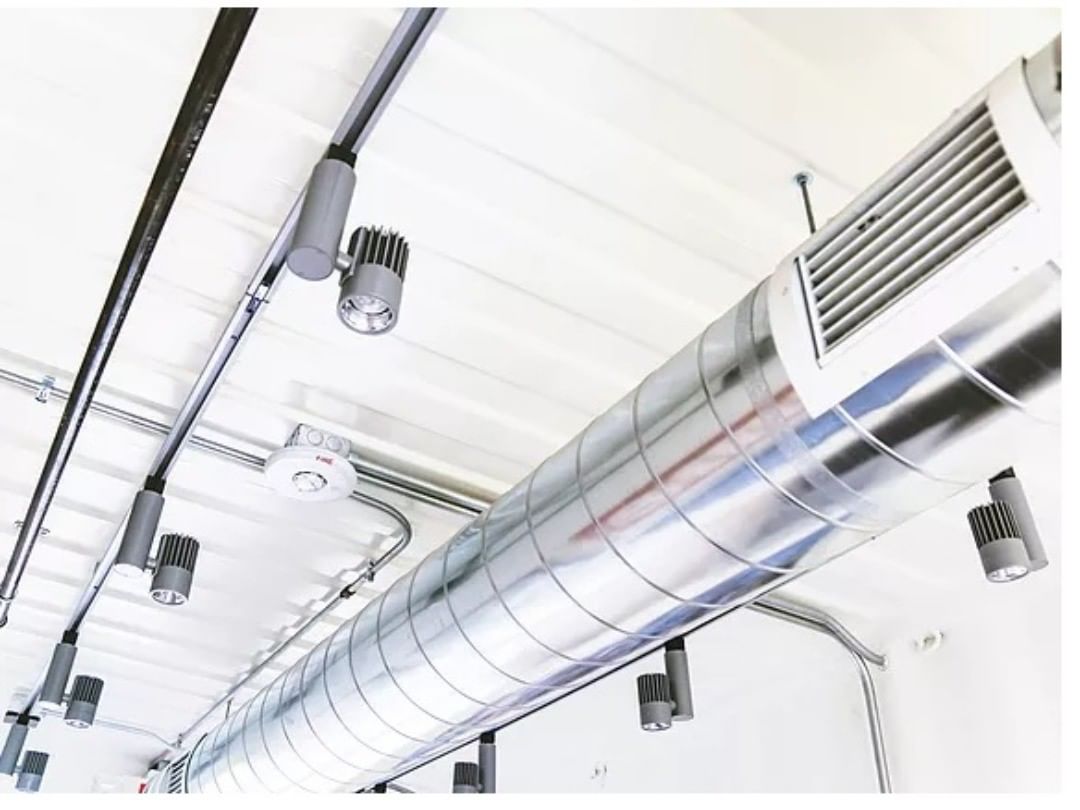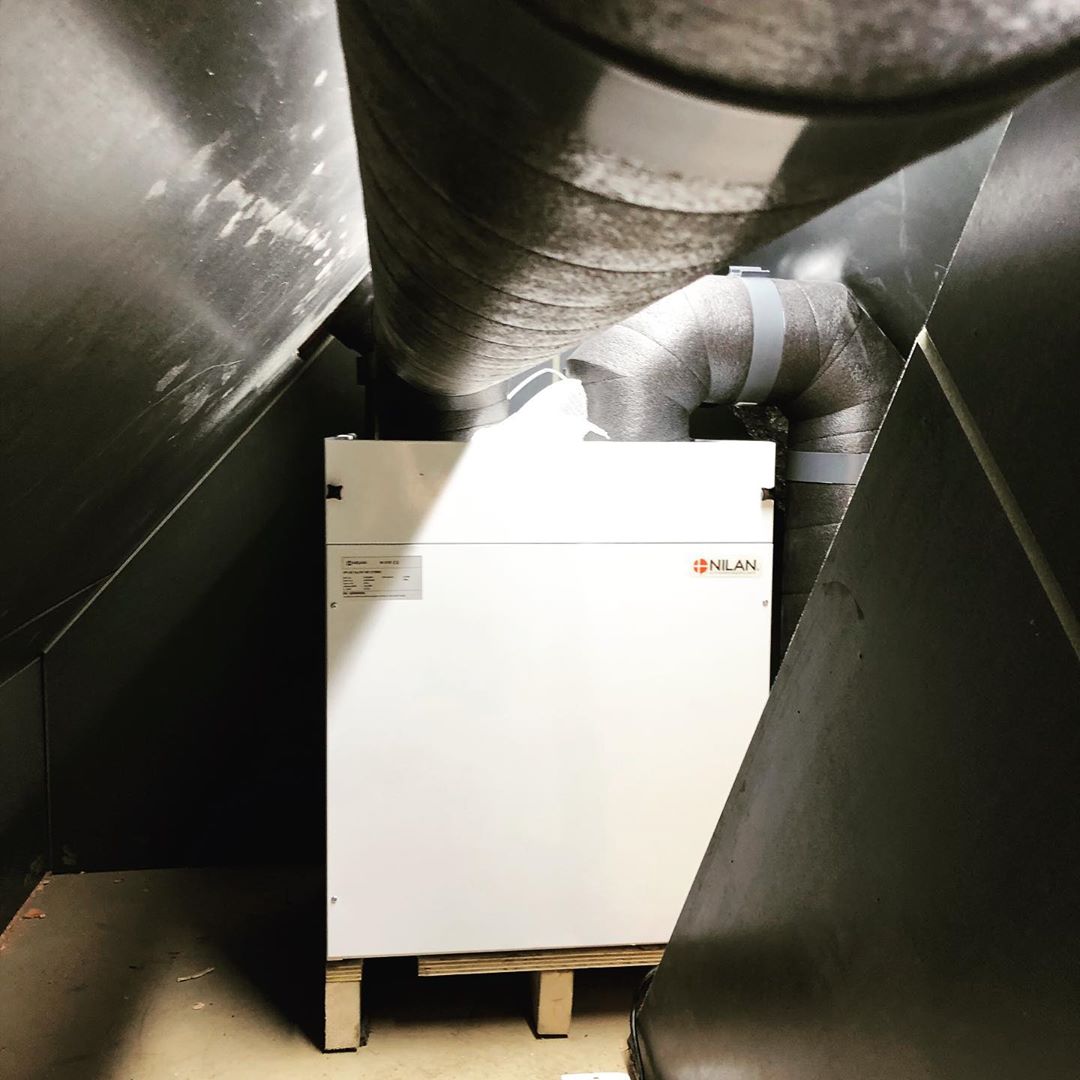Why an MVHR System Often Fails to Work at Its Peak Efficiency
Be it in commercial or domestic buildings, mechanical ventilation heat recovery (MVHR) systems are not always able to function at their peak efficiency, due to multiple reasons that vary quite a bit. Fortunately, getting them to function at peak efficiency is not that difficult, as long as you figure out the reason behind their poor efficiency.

You Chose the Wrong MVHR System
The type, features, efficiency, size, and power of the MVHR model you choose, must be appropriate to meet the demand of the property in which you are going to install it. Getting this one wrong will not only be a huge misstep, but it may never even be possible for you to get peak efficiency from your heat recovery system if it isn’t equipped to handle the load your property is demanding from it in the first place!

Before you buy any heat recovery system for a domestic or commercial facility, head over to BPCventilation.com and go through their detailed guides on how to choose the right MVHR system for any property. They are also among the top suppliers of heat recovery systems and all associated accessories, so it’s pretty much a one-stop web resource for everything you may need to get started with the right MVHR system.
Improper MVHR Installation is Causing Problems
This is more commonly seen when a particular MVHR system is installed by inadequately trained professionals, or the house owners themselves.

As most manufacturers provide their own free installations, it’s also more commonly seen when the unit is a second-hand purchase or has been reinstalled onto a different property than its original place of installation. Get it checked by certified MVHR installation & repair technicians to check if that’s indeed the problem here.
The Ducting is Not Airtight
There is a direct correlation between ducting and efficiency because unless the ductwork is completely airtight at all points, the efficiency of your heat recovery system will suffer.

How bad the effect will be, is proportional to how poor the ducting is. Consider some of the common problems listed below, and then check to see if that is indeed causing the issue.
- Check the intake and exhaust terminals, as well as the room vents for poor insulation
- Is the ducting used with the MVHR system of the right length and width?
- Is the material of the duct system offering proper insulation?
- The inner liner of flex ducts must be stretched to its maximum expansion, or flow resistance is imminent
- Replace flex ducts if possible, with smooth metal ducts
- All joints on the ducting system must be sealed with mastic or UL 181 listed tapes; cloth-backed sealing tapes are a no-go
A professional will be able to guide you with any of the problems listed so far or find ones that were not mentioned here. However, as a final piece of advice, we would recommend making sure that there is a significant gap between the intake terminal and the exhaust terminal (vertically) to avoid cross-contamination.






